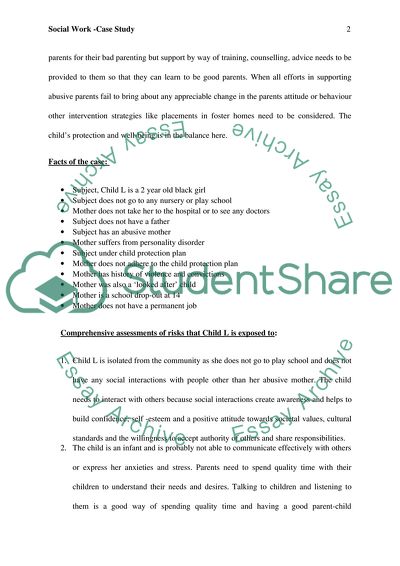Cite this document
(“Social work / Case study Essay Example | Topics and Well Written Essays - 2250 words”, n.d.)
Social work / Case study Essay Example | Topics and Well Written Essays - 2250 words. Retrieved from https://studentshare.org/miscellaneous/1571809-social-work-case-study
Social work / Case study Essay Example | Topics and Well Written Essays - 2250 words. Retrieved from https://studentshare.org/miscellaneous/1571809-social-work-case-study
(Social Work / Case Study Essay Example | Topics and Well Written Essays - 2250 Words)
Social Work / Case Study Essay Example | Topics and Well Written Essays - 2250 Words. https://studentshare.org/miscellaneous/1571809-social-work-case-study.
Social Work / Case Study Essay Example | Topics and Well Written Essays - 2250 Words. https://studentshare.org/miscellaneous/1571809-social-work-case-study.
“Social Work / Case Study Essay Example | Topics and Well Written Essays - 2250 Words”, n.d. https://studentshare.org/miscellaneous/1571809-social-work-case-study.


